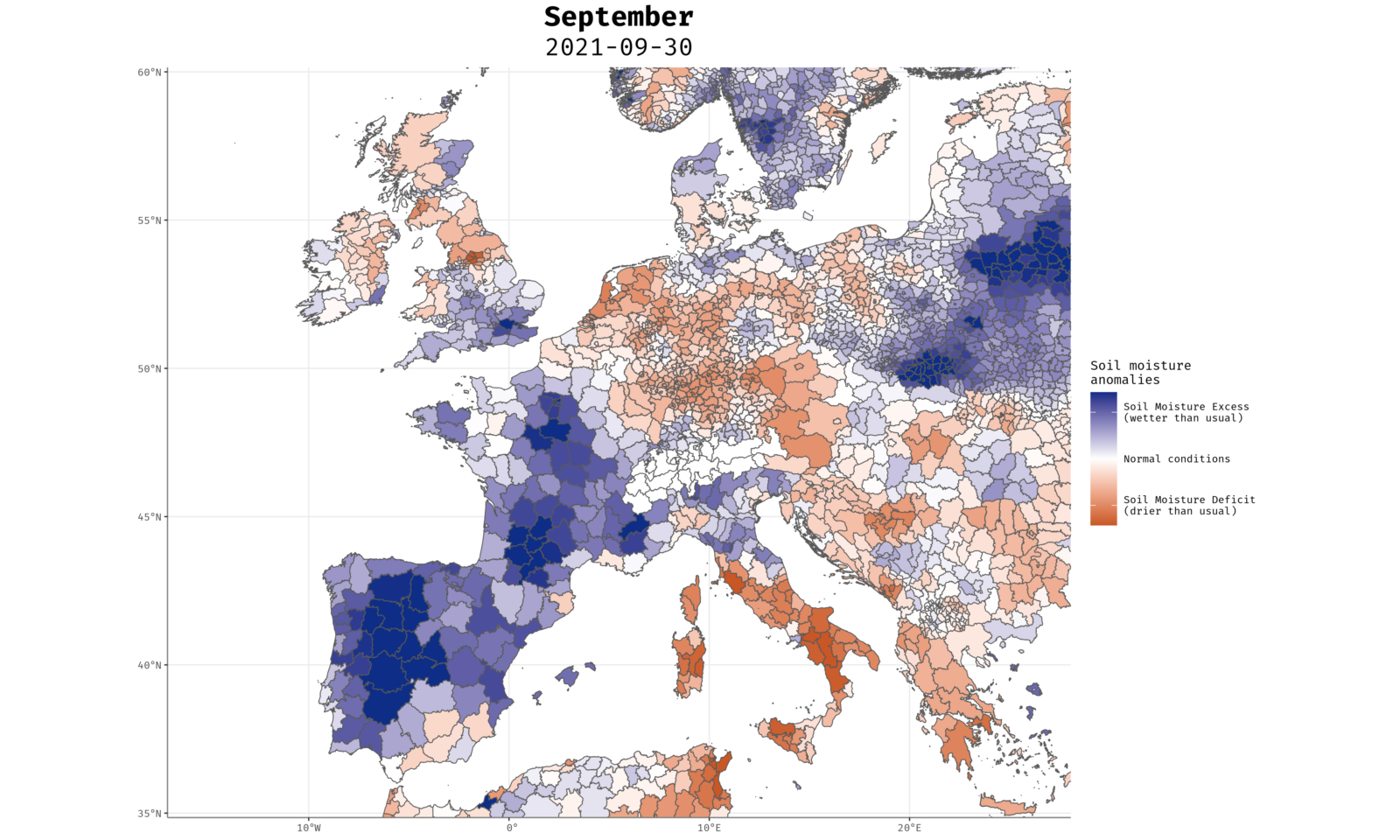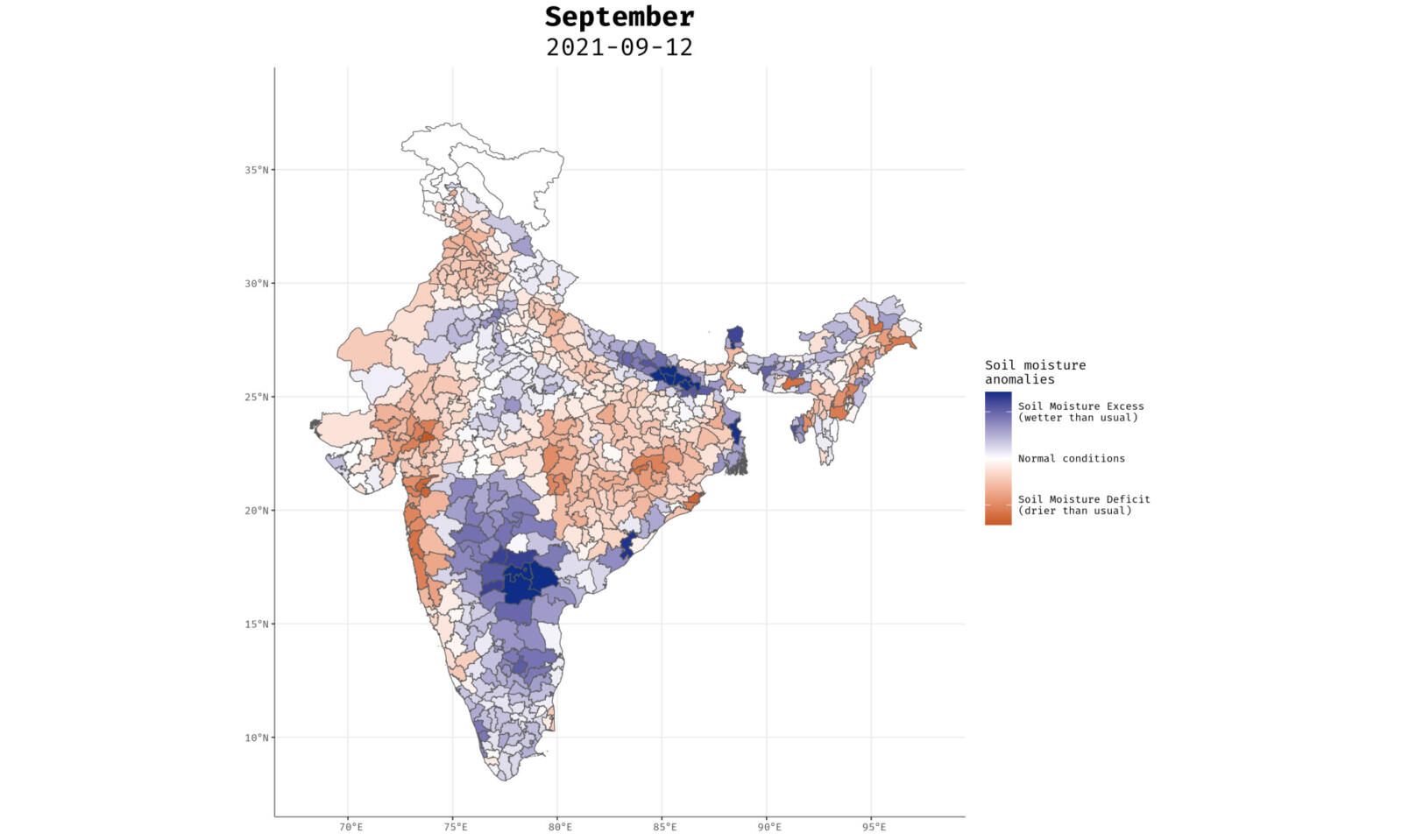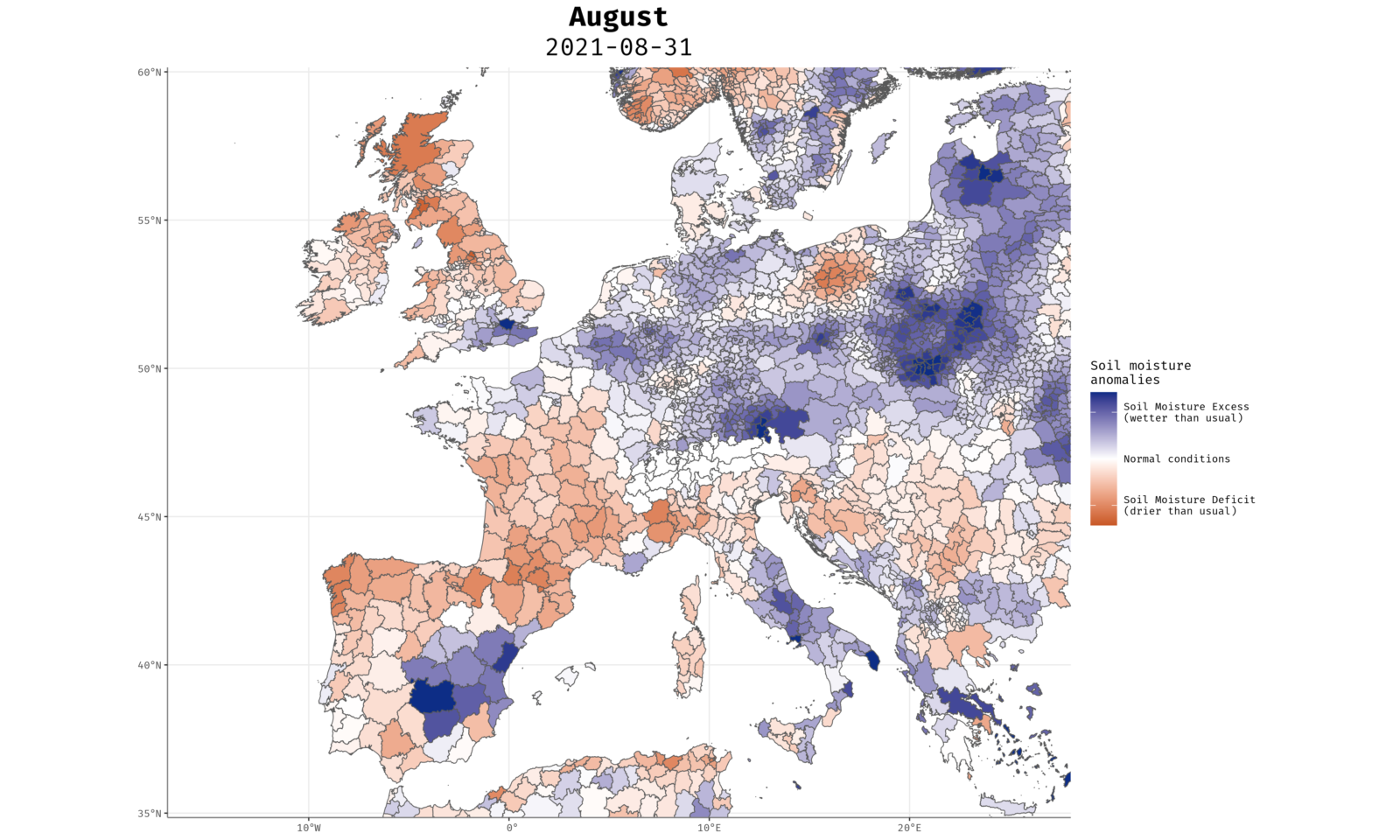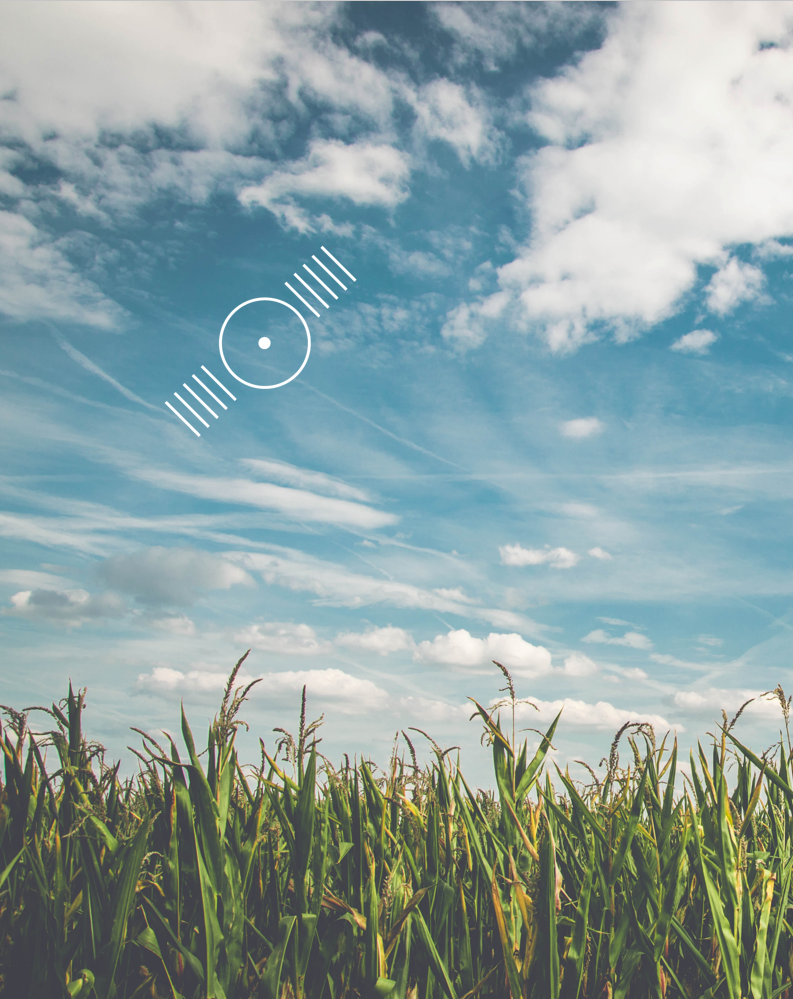
rought can be devastating. The evidence is compelling and not hard to find. The protracted drought that hit Australia at the turn of the century slashed cotton production by over 50%. To help farmers and small businesses survive, the government issued a staggering AUD 4.5 billion in emergency aid. In 2017, drought swept through northeast Nigeria, Somalia and Yemen, resulting in a famine that affected 20 million people. Only a huge international aid effort averted a humanitarian disaster. In 2020, extreme drought conditions have hit Central and Northern Europe. In France, wheat and barley crops are failing due to the driest soil conditions in five years, while grain producing countries Romania and Ukraine have seen their water reserves reach critical levels.
In future, droughts are expected to occur more often and with greater severity, making an even more dramatic impact on agriculture. In a recent article in Geophysical Research Letters, Ukkola et al. (2020) studied the trends in drought risk and found that several key agricultural regions in the Amazon, the Mediterranean and southern Africa can expect more frequent and more intense drought events. Other regions, such as Central Europe and the northern forest zone, are expected to become wetter on average, but the droughts that do occur in these regions will become more extreme. The increasing climate risk now poses a serious threat to agricultural production, water availability, food security and economic growth in many countries.




